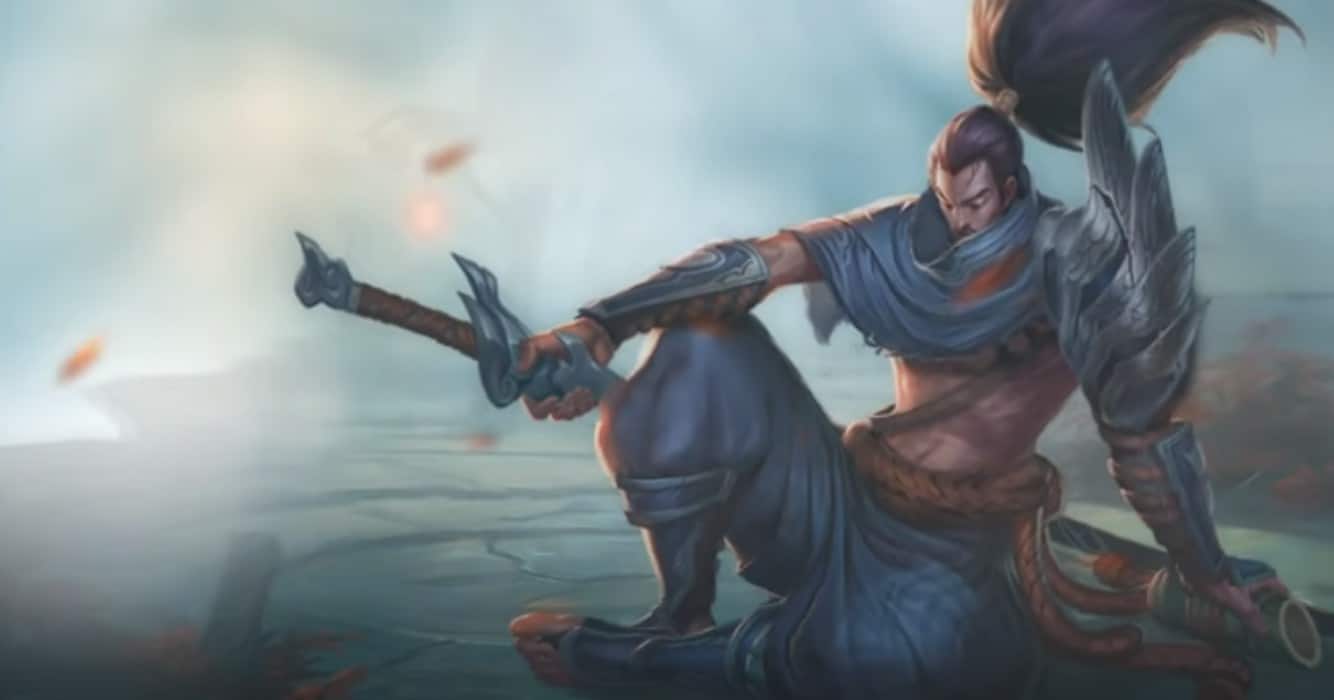Yasuo is one of the most contested characters when it comes to game balance among the many champions on the rosters of League of Legends and Wild Rift. Yasuo, who is well-known for his flashy playstyle and high skill ceiling, can be a devastating opponent or a strong ally. Thus, the issue still stands: In these tactical battlegrounds, how is Yasuo balanced?
How is Yasuo Balanced
Yasuo’s Kit and Its Inherent Balance

Yasuo can combine quick bursts of attack with quick defensive moves thanks to his skills. He can develop damage effectively because of his passive, Way of the Wanderer, which doubles his likelihood of a critical strike. A little defense is also provided by the shield this passive creates, but it’s carefully calibrated with a short uptime and a cooldown that needs to be replenished through active gameplay.
His skill-based nature is demonstrated by his Q, Steel Tempest. As an initiation technique, knocking up adversaries with a violent whirlwind unlocked by landing consecutive hits. The potency of this ability is counterbalanced by its reliance on accuracy and the need to land several hits in order to reach its maximum effect. Yasuo has a major advantage over ranged and ability power-based assaults thanks to his W, Wind Wall, which can totally neutralize opposing projectiles. But its long cooldown and static nature, which necessitates precise placement and timing, now that’s his defensive power. That’s two abilities down in seeing how is Yasuo balanced.

Yasuo can quickly move and inflict damage on opponents by dashing through them with the E, Sweeping Blade. Yasuo players must plan ahead and avoid going overboard because, despite its amazing mobility, it cannot be utilized on the same target twice. When combined with knock-up effects, his ultimate, Last Breath, is a potent weapon that increases Yasuo’s armor penetration and deals a great number of damage. Yasuo’s reliance on preparation and teamwork is embodied in this technique, which also serves as his anchor in team dynamics.
Matchups and Playstyles: How is Yasuo Balanced?
Yasuo does well against some matchups in League of Legends and struggles in other matchups in Wild Rift. His Wind Wall is less powerful against melee opponents, thus he has to rely more on his agility and knock-up combos to outmaneuver them. By requiring expertise to handle encounters without relying primarily on his powers, this counterbalances his advantage.
His Wind Wall can shield him from attacks from ranged opponents, but it doesn’t give him invincibility. As before, counterplay demonstrates balance as deft opponents can draw out the ability or redeploy to make it ineffectual. A closer look at Yasuo’s item reliance reveals his high-risk, high-reward mindset. He must invest a lot of gold in critical strike and damage items in order to reach his full potential, therefore his performance in the early game will determine how much of an influence he has in the late game.

Wind Wall does not grant him invincibility, but it can protect him from ranged opponents’ attacks. As previously mentioned, counterplay exhibits balance since crafty opponents can draw out an ability or redeploy to render it useless. Yasuo’s high-risk, high-reward approach is evident when one examines his item dependency in more detail. His performance in the early game will determine how much of an influence he has in the late game because he needs to spend a lot of gold on critical strike and damage items in order to reach his maximum potential.
So, how is Yasuo balanced? He is a masterful example of a contradiction in action, a champion who, when used properly, can dominate but, when misused, is completely useless. This harmony elevates Yasuo above the status of a champion and elevates it to the status of a genuine litmus test for League of Legends and Wild Rift players.


